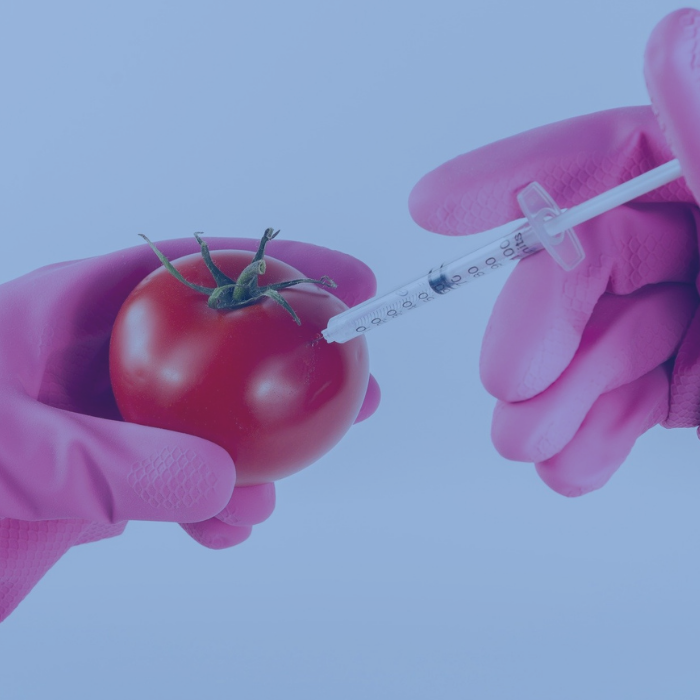

Isty Adhitya Purwasena
Losses due to corrosion in the industrial sector are estimated at $ 137.9 billion per year. Of the overall losses due to corrosion, around 20% metal damage was caused by biocorosi or microbiologically influenced corrosion (MIC) which was significantly caused by anaerobic bacteria reducing sulfate (SRB). SRB forms biofilms causing biocorosions on metal surfaces. This biocorosi is due to bacteria reduce sulfate (SO42-) to sulfide (H2S). The resulting sulfide reacts with Fe2 + results from metal oxidation into corrosion products fes. Both H2S and FES are corrosive on metals. Corrosion is also a problem that has been found in the oil and gas industry. As many as 18% of damage to the oil and gas company pipes in USA both offshore and onshore were caused by corrosion from 1988-2008 so that almost 50% of the costs incurred for operations and installation repairs were allocated to overcome corrosion. The damage that occurs in all these pipes is estimated to be 20-30% due to mic activity. Biosides are chemical compounds that are widely used to overcome the biocorosions that occur in the oil and gas industry. However, biocides have toxic properties and some of them are difficult to degrade. The use of this biocide can have a negative impact on the environment if used without risk assassement right. Besides that the use of excessive biocide will cause resistance to the microorganisms that cause biolakorosi. Therefore, it is necessary to find cheap, environmentally friendly antimicrobial compounds, easily degraded and not effective toxic to be able to overcome biocorosions especially in gas pipes and petroleum. Antimicrobial compounds produced by plants can be one alternative and safe biocide for the environment. Some of these plant active compounds have been used as biocides in the food and medical industry, but there have been no reports related to the application of the biocide compound in the oil and gas industry. However, the study related to the influence of antimicrobial compounds on the formation of biocorosy causes biofilms in the steel plate has been carried out on a laborotory scale. Antimicrobial compounds used are Cycratus Cymbopogon Essential Oils. The results of the study show that the cymbopogon citratus essential oil effectively reduces the rate of biocorosi in the steel plate that has been coated by biofilms. The effectiveness of antimicrobial compounds in these essential oils is determined by the ability of its penetration into the polymer matrix layer in biofilms. The process of encapsulation of essential oils with chitosan nanoparticles is expected to make the penetration of antimicrobial active compounds into biofilms causing biocorosi to be more effective. The biofilm layer will be easier to overcome along with the increasing number of antimicrobial compounds that are trusted with cells of microorganisms that grow in the biofilm layer of biolakorosi. This study is the initial stage of research to be able to find a method so that antimicrobial compounds produced by plants can effectively cenetrate into biofilms so that they can be used as natural biocides in the oil and gas industry. In this study an analysis of the microorganism community will also be conducted in the bofilm layer which can cause biocorosi. This study is very important to do because it can answer the problems in the industrial world not only in the oil and gas industry that has bio-related permissions. Through this study, it is expected to be produced by natural biocides to be able to replace synthetic biocide that is toxic, expensive and not environmentally friendly.